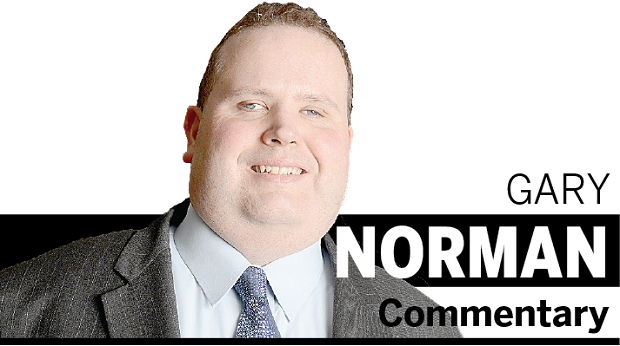Technology advances must accommodate those with disabilities
I recently reflected on how my life has evolved since I was a visually impaired college lad. I now daily interact with helpful tools that were not even envisioned during the 1990s or when I was a trans-Atlantic leader (on exchange) in the European Union.
If designed and implemented carefully and thoughtfully, emerging science and technology tools will open doors to people with disabilities. But the rights and equality of lawyers with disabilities could diminish or even disappear if burden-shifting occurs among major societal actors, such as developers and employers. I thought this column might explore some issues in technology inclusion.
When I co-designed and co-facilitated a workshop at the Technology Inclusion Summit hosted by the German Marshall Fund of the United States, we contemplated that all of us live in remarkable times with profound social and technological change impacting historically marginalized communities.
Specifically, a temptation would seemingly exist to herald public-sector digital accessibility while bemoaning that of the private sector.
In July 2022, Sen. Bob Casey, D-Pennsylvania, presided over a hearing in the Special Committee on Aging examining the barriers or the challenges that older adults and people with disabilities encounter when accessing crucial online resources from the federal government. He pressed for answers why barriers to web access remain. As this shows, few perfect actors exist when it comes to technology inclusion.
For many of us who are blind and have not formally driven, it seems an overdue opportunity to drive, if vicariously, through a semi-aware 1968 Ford Mustang. The vehicles of the mid-21st century, even in so-called “smart cities,” generally lack robust disability inclusion. I found pleasure and inspiration to co-speak on “smart cities” at the fall conference of the Municipal League of Maryland with the Honorable Tim Adams.
(If self-driving vehicles ever become an inclusive reality, I hope that my Knight Rider-like classic vehicle possesses less attitude than my current guide dog.)
There is promise in the potential intersection between the health care needs of people with disabilities and advances in health care technology. In 2022, Health Affairs published an issue documenting and explaining disability-related health care disparities. I am optimistic that, if we shift more of our health care system’s focus to integrative modes of health care and to personal empowerment, sometimes with incentives, we can meet health and wellness scores of other countries.
I think of the burgeoning market for “wearable devices,” which track physical activity, vital signs, and sleep. These already play critical roles in communicating and in sharing data with providers. However, much of the digital domain remains inaccessible or not fully usable, impeding what could be real improvements in health care by people with disabilities.
The next Maryland secretary of disabilities should particularly focus on the emerging intersection of health care and technologies.
A need for “hard law” measures exist, to set the floor, not to set the ceiling as to what could be possible. As one example, the U.S. Access Board, an agency that promotes access for people with disabilities, has issued an Advance Notice of Proposed Rulemaking, a major administrative law step towards promulgating a federal regulation.
This federal agency seeks public comments related to the design, types, and use of self-service transaction machines, such as self-serve kiosks. These are inaccessible for many disabled people.
In addition, anti-discrimination law too often focuses on the “victim” at a late stage of the social paradigm: failed interaction, perception of rights violation, and then litigation. With the increased use of artificial intelligence data, innovative guardrails can be set up to promote access and prosperity for everyone.
Any best practices should include disability as a dimension of diversity and as part of all diversity efforts. To realize this, we all must work actively to address barriers that exist for individuals with disabilities so that they can thrive as part of the community.
“Women on The Move,” hosted by Associated Black Charities, serves as a model the disability rights community should emulate. I see events of this quality for women of all backgrounds and for people of color, but little of these are oriented at economic empowerment by people with disabilities. Known for my juntos and salons, I will look into scaling one of these with a disability inclusion emphasis.
The next secretary of disabilities could undertake an active role in convening financiers, leaders within the DBE space, technologists and other thought leaders to develop ways to economically power people with disabilities.
When both sides of the political aisle approach power with optimism and thoughtfulness, there’s great potential for improving the lives of people with disabilities – and all citizens. Maryland needs the next secretary of disabilities to be an engaged, technology-minded voice for those with disabilities.
Gary C. Norman, Esq., LL.M., is a past chair of the Maryland Commission on Civil Rights. He can be reached at (410) 241-6745.








Gloss